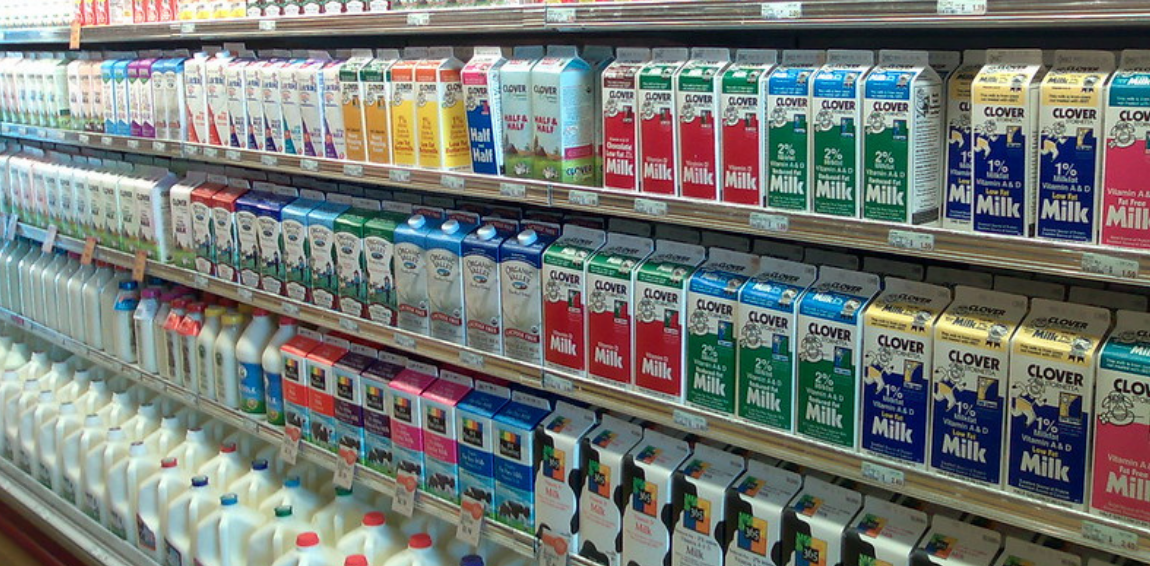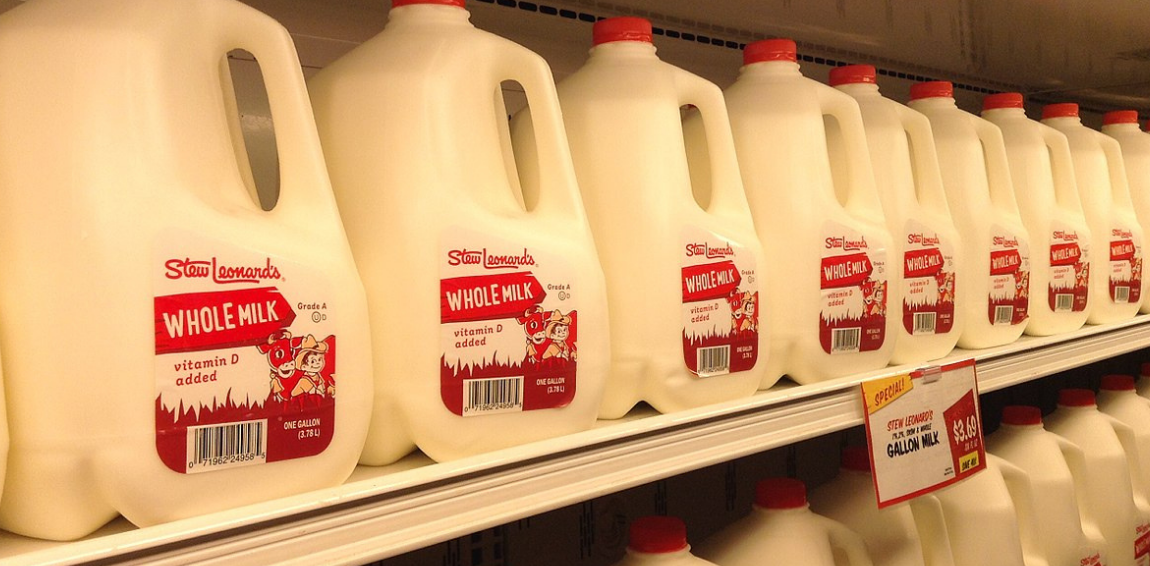We know that not all milk is created equal. That is why the grocery store has tons of different options such as whole, skim, 2%, low-fat, etc.
While there are many different milk types to choose from, do we really understand what the labels mean? There are some common misconceptions.

Take, for example, 1% milk. One Twitter user admitted that he thought the label meant that there was only one percent of actual milk in the carton while the rest was water. But he was wrong – quite wrong in fact.
As it turns out, the percentage on the carton actually refers to the amount of fat content that is within the milk. For example, a 1% milk carton means that there’s only 1% of fat in there, versus 2% which means it has 2% fat.

But what about the other types of milk? It can get a little confusing as skim milk is actually as free of fat as one might assume, but it also has the lowest fat option and contains less than 0.5% fat. Meanwhile, there is whole milk, which surprisingly might be less fattening than one would think. Contrary to popular belief it isn’t 100% fat but rather only contains 3.25% fat.
As Healthline clarifies, the reason why people always assume that whole milk is bad for you is because many nutrition organizations caution us to steer clear of it because whole milk contains more saturated fat than other milks, and there is research that suggests that drinking saturated fat could possibly lead to heart disease.

There isn’t much evidence to support this theory, and surprisingly, now experts believe that drinking whole milk can come with some health benefits. In fact, skim milk’s only benefit over whole milk is that it’s got less calories which can aid in weight loss.
Of course, many people are now opting for non-dairy alternatives to avoid causing harm to cows, and that opens a whole other world of milks!
What do you think about this? Did you know all about these milk facts? Which type of milk do you normally drink? Let us know!













